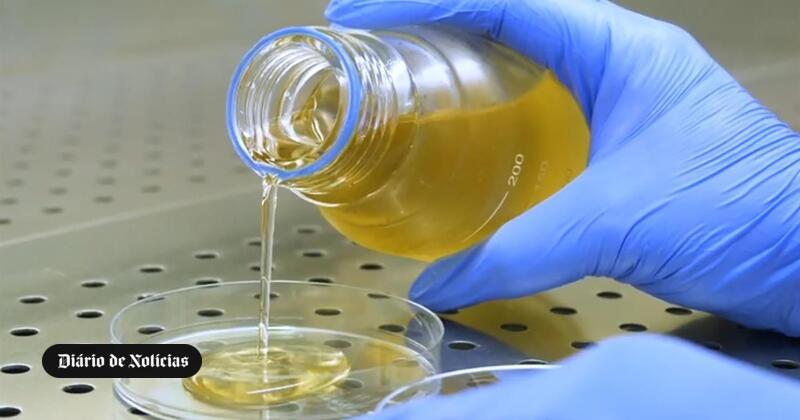study Gulbenkian Institute of Science (IGC) It determined how bacteria develop in the gut within a few days, a finding that researchers believe may contribute to treating diseases associated with aging.
“Ultimately, the findings could contribute to the development of microbiome-based therapies relevant to age-related diseases.” The IGC presented this Wednesday.
And the results of the research, which was published in the scientific journal Current Biology, They reveal the “hidden way” in which interactions between the immune system, germs, and antibiotics can influence the development of bacterial processes, both in health and in the context of disease.
The millions of bacteria that live in the gut are part of the microorganisms, a relationship between the host and these microorganisms that are essential to health, but are subject to several factors such as diet, antibiotic use and even the aging process itself, which we can call into question.
The goal of the study by IGC researchers led by Isabel Gordo was to understand how bacteria adapt to this dynamic environment in the gut, where conditions can change rapidly.
In recent years, the group has been studying how bacteria develop in older mice, which have more inflammation, a less efficient immune system, and disorganized microbes, which is a stress factor for bacteria.
In a previous study, they revealed that Escherichia coli, a bacterium common in mammalian microorganisms, acquires specific mutations to adapt to the inflamed gut of these mice.
One of these mutations affects an important regulator of iron, and given the importance of this mineral in interactions between the host and microorganisms, the researchers decided to study how the conditions to which bacteria are exposed in the gut affect this mutation.
According to the IGC, one of the most surprising results shows how the number of bacteria infected with this mutation suddenly changes in the intestine in a short time.
“We were surprised to see how the effect of natural selection on iron regulation in bacteria can change dramatically within days.” Hugo Barreto, first author of the new study explained.
The next step was to understand the factors that caused these oscillations, which prompted the research team to test how bacteria with different iron-regulating abilities compete in mice with different immune efficiencies and different microbes.
The researchers concluded that the hosts could generate “an immune protein that prevents bacteria from absorbing iron, which is particularly important for preventing the spread of pathogens.”
Furthermore, it has been shown that inflammation associated with aging and antibiotics can affect levels of this protein.
“Putting the puzzle pieces together was a complex but very rewarding challenge”
In practice, researchers have found that the development of these bacteria in the gut is influenced by the host’s immune system and microbiome, as well as antibiotic treatment.
“Putting the puzzle pieces together was a complex challenge, but very rewarding,” said Hugo Barreto.
Isabel Gordo, the lead researcher in the group that carried out the study, emphasized that the findings allow us to understand how bacterial evolution may affect iron metabolism in complex ecosystems, such as the human gut, which is “of paramount importance given the importance of iron in host microorganism interactions.” , especially when their availability is limited, as is the case with inflammatory diseases and anemia.”
According to the IGC, understanding the factors that shape the evolution of iron regulation in bacteria could contribute to the development of microbiome-based therapies, including the use of probiotics, for example, to control bacteria that proliferate in these conditions.

